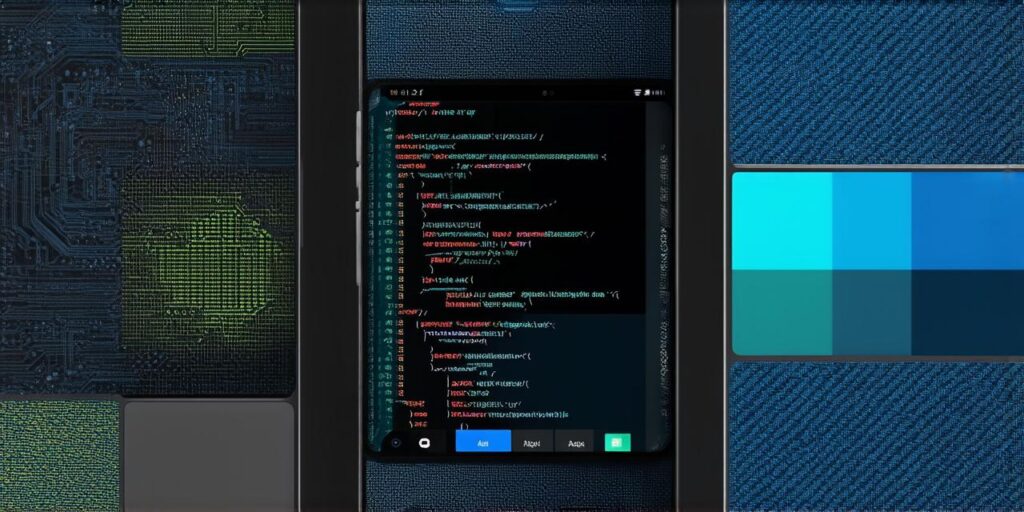How to Draft a Request for Proposal (RFP) for Mobile Application Development Companies
When it comes to developing a mobile application, finding the right development company can be challenging. A well-crafted RFP is an effective way to narrow down your options and choose the best fit for your project. In this article, we will discuss the key elements of drafting a successful RFP for mobile app development companies.
1. Define Your Needs
Before you can write an effective RFP, you need to have a clear understanding of your requirements. Start by outlining the goals and objectives of your project, as well as any specific features or functionalities that are required. This will help you identify the skills and expertise needed for the project and ensure that you are able to evaluate potential candidates accordingly.
Case Study: A startup company looking to develop a mobile app for their new product wanted to ensure that they were working with a team of experienced developers who had experience in developing similar apps. They used their RFP to specify that the development company should have at least 3 years of experience in this field and provide examples of their previous work.
2. Set Clear Expectations

Once you have defined your needs, it’s important to set clear expectations for the project. This includes specifying timelines, budgets, and any other key requirements. Be sure to clearly outline what is expected of both parties in terms of communication, collaboration, and deliverables.
Case Study: A company looking to develop a custom mobile app for their business wanted to ensure that they were working with a team that was responsive and able to meet their deadlines. They used their RFP to specify that the development company should provide regular updates on project progress and be available for communication at least once a week.
3. Include Technical Requirements
Your technical requirements are an essential part of your RFP, as they will help you evaluate potential candidates based on their ability to meet your specific needs. Be sure to include detailed technical specifications for the app, such as any particular programming languages or frameworks that must be used, as well as any specific features or functionalities that are required.
Case Study: A company looking to develop a mobile app with advanced security features wanted to ensure that they were working with a development team that had experience in this area. They used their RFP to specify that the development company should have at least 2 years of experience with secure coding practices and provide examples of their previous work in this field.
4. Evaluate Potential Candidates
Once you have drafted your RFP, it’s time to start evaluating potential candidates. Look for companies that have experience in developing similar apps and can provide references from satisfied clients. Be sure to review their portfolio and ask for examples of their previous work. You may also want to request case studies or technical specifications to get a better understanding of their capabilities.
Case Study: A company looking to develop a mobile app with complex graphics wanted to ensure that they were working with a team that had experience in this area. They used their RFP to request examples of the development company’s previous work in this field and asked for references from clients who had worked with them on similar projects.
5. Negotiate Terms and Conditions
Once you have selected a potential candidate, it’s time to negotiate the terms and conditions of the project. This includes discussing timelines, budgets, and any other key requirements. Be sure to clearly outline what is expected of both parties in terms of communication, collaboration, and deliverables.



